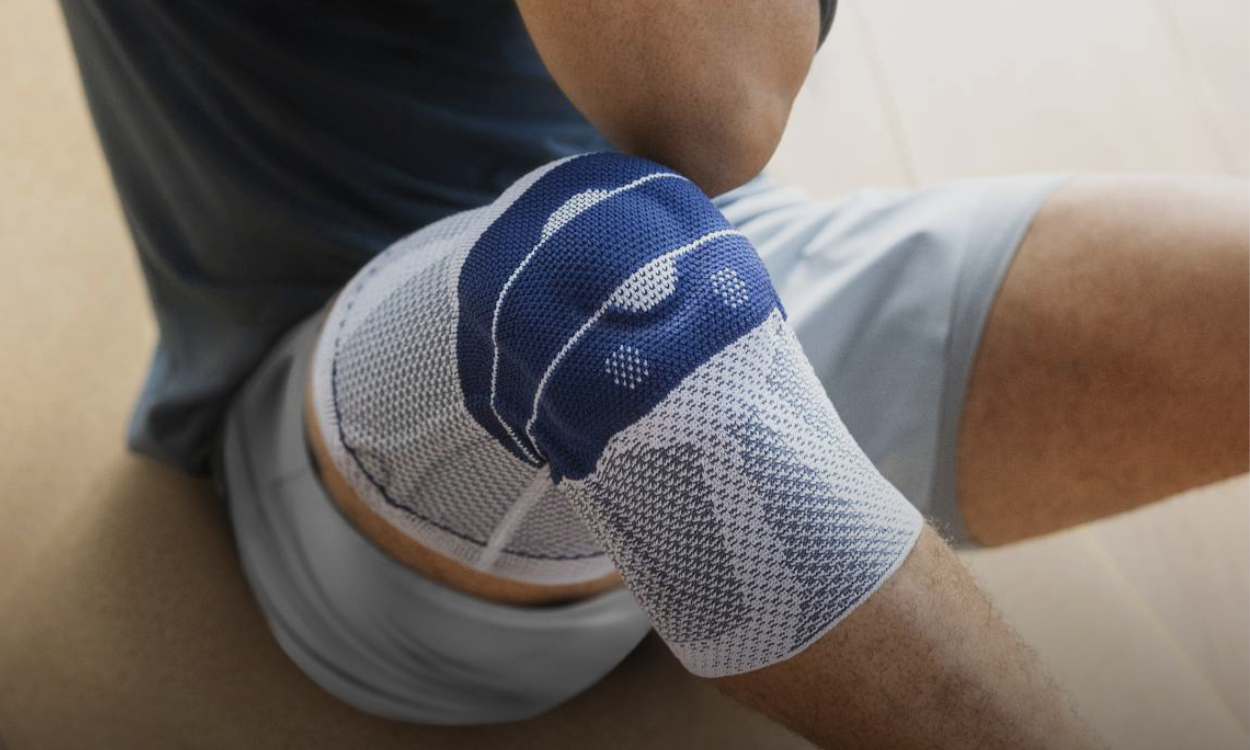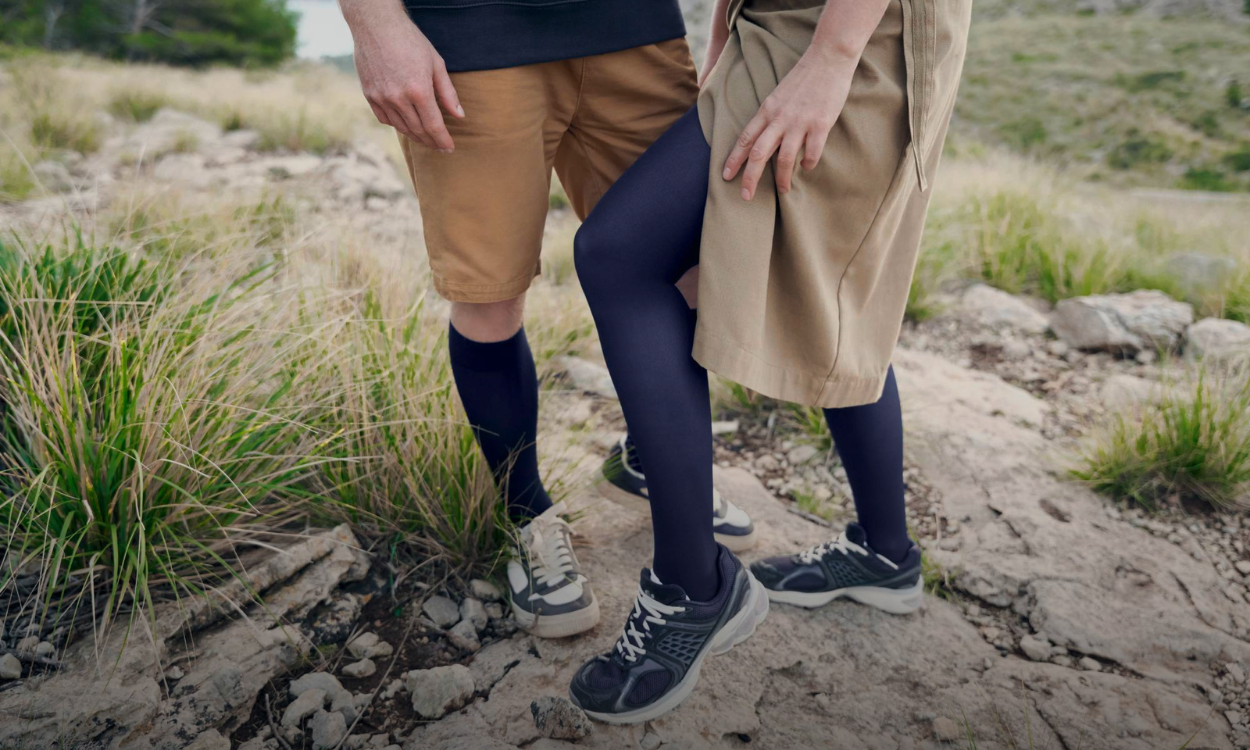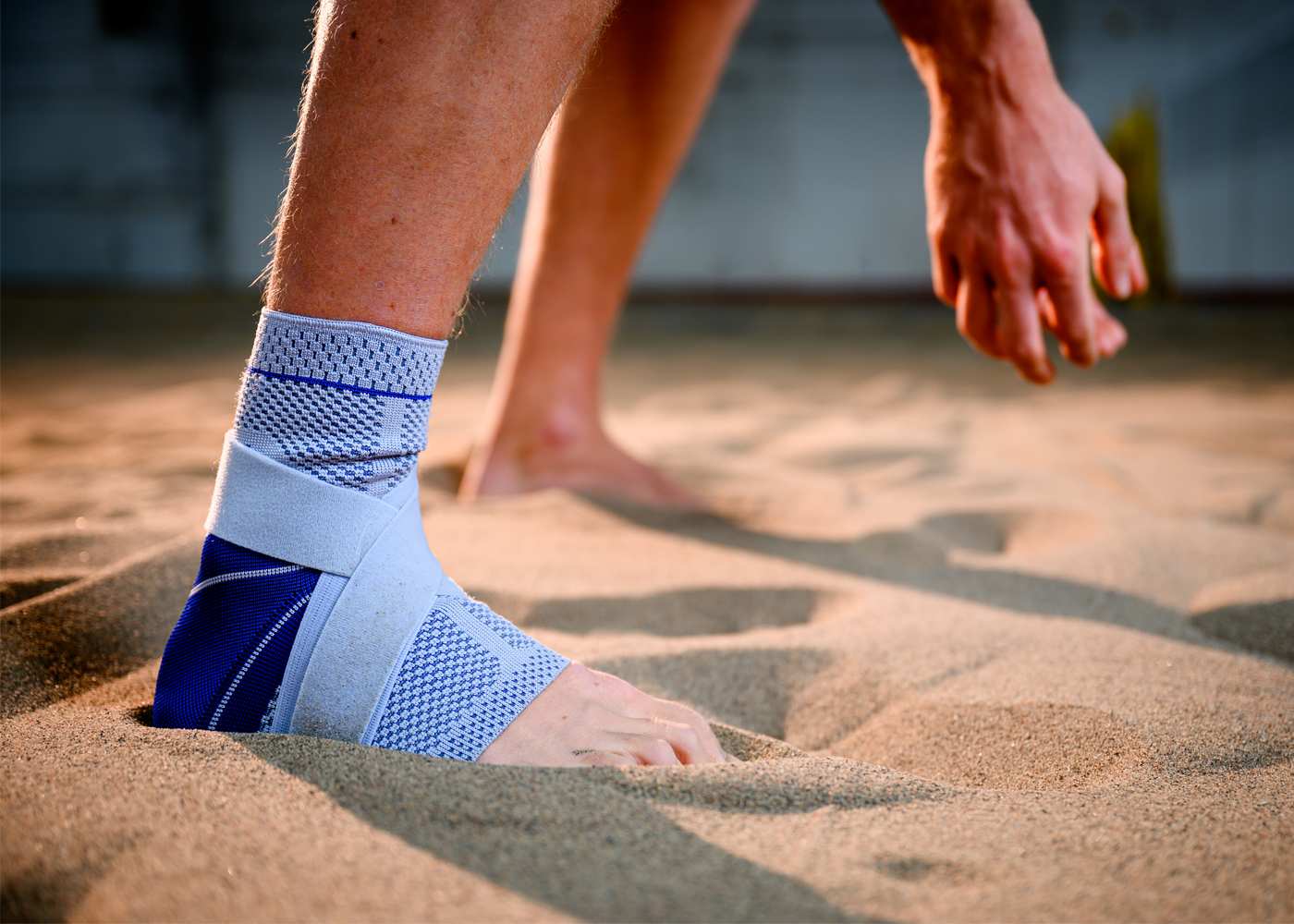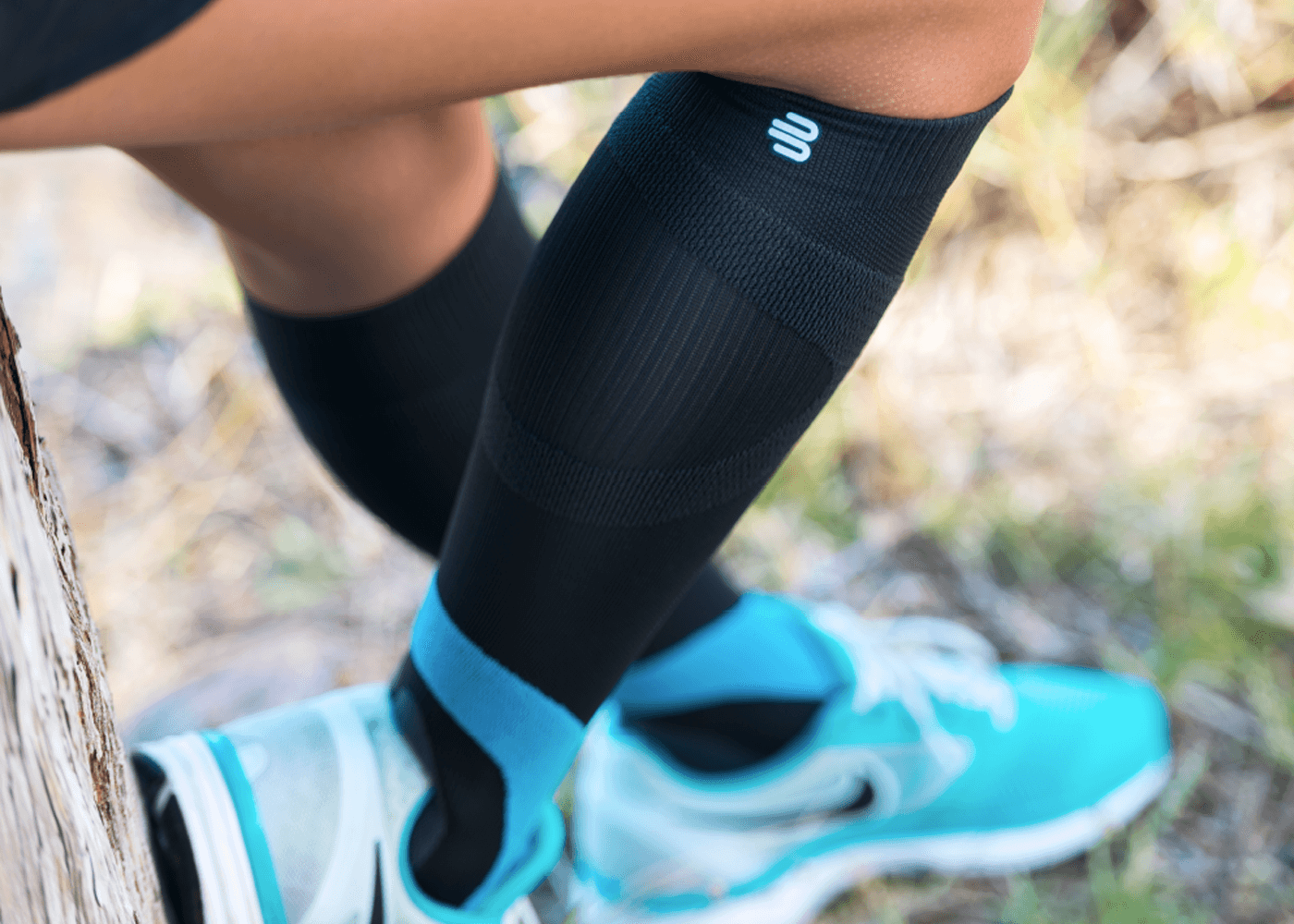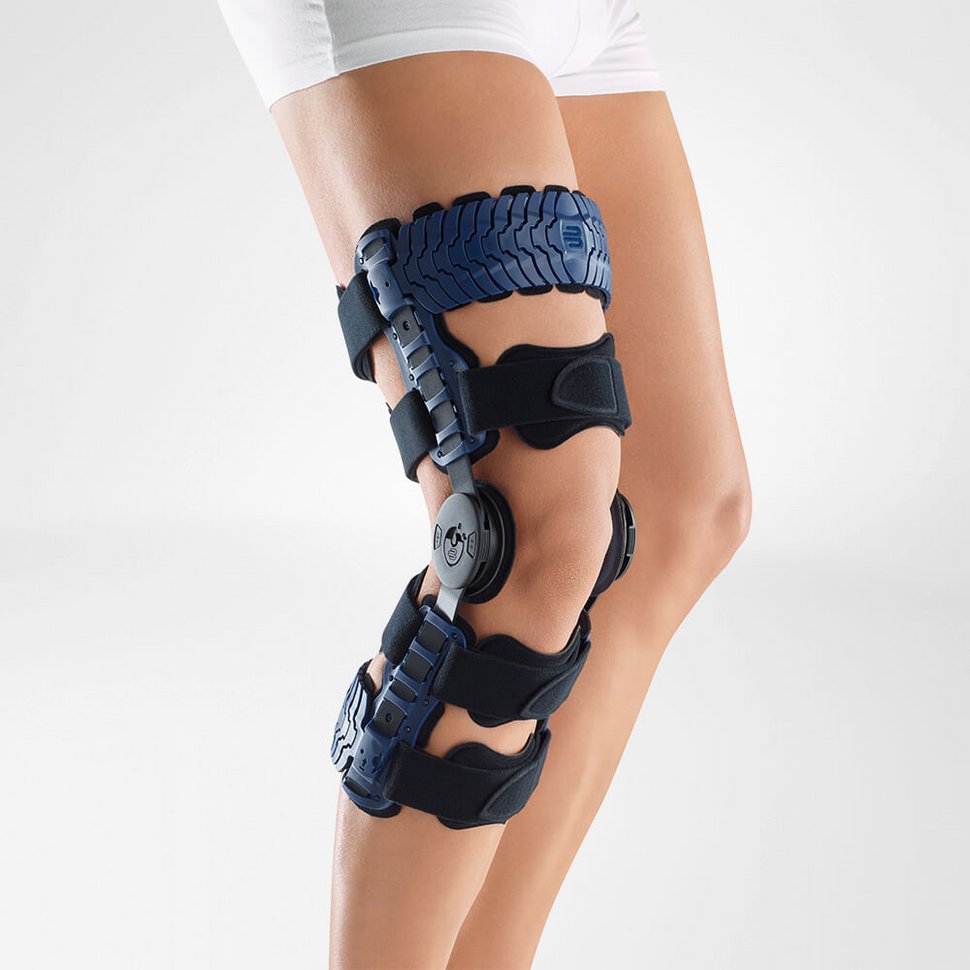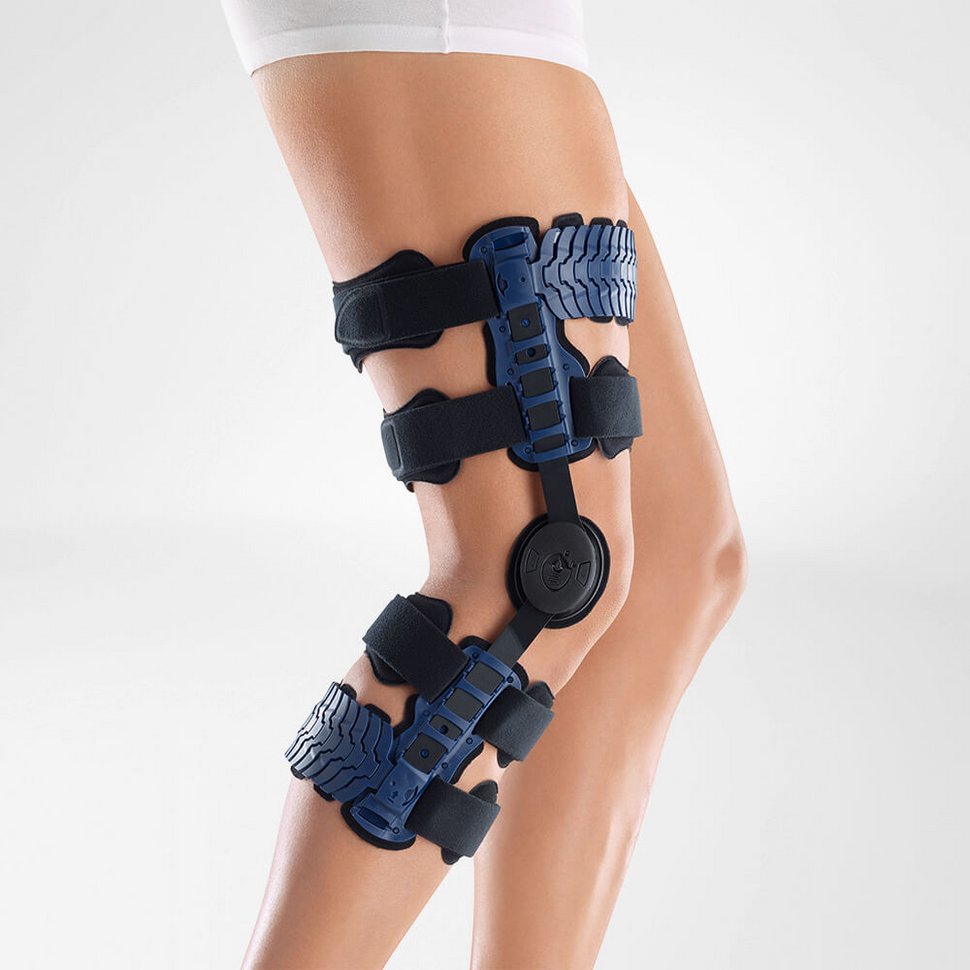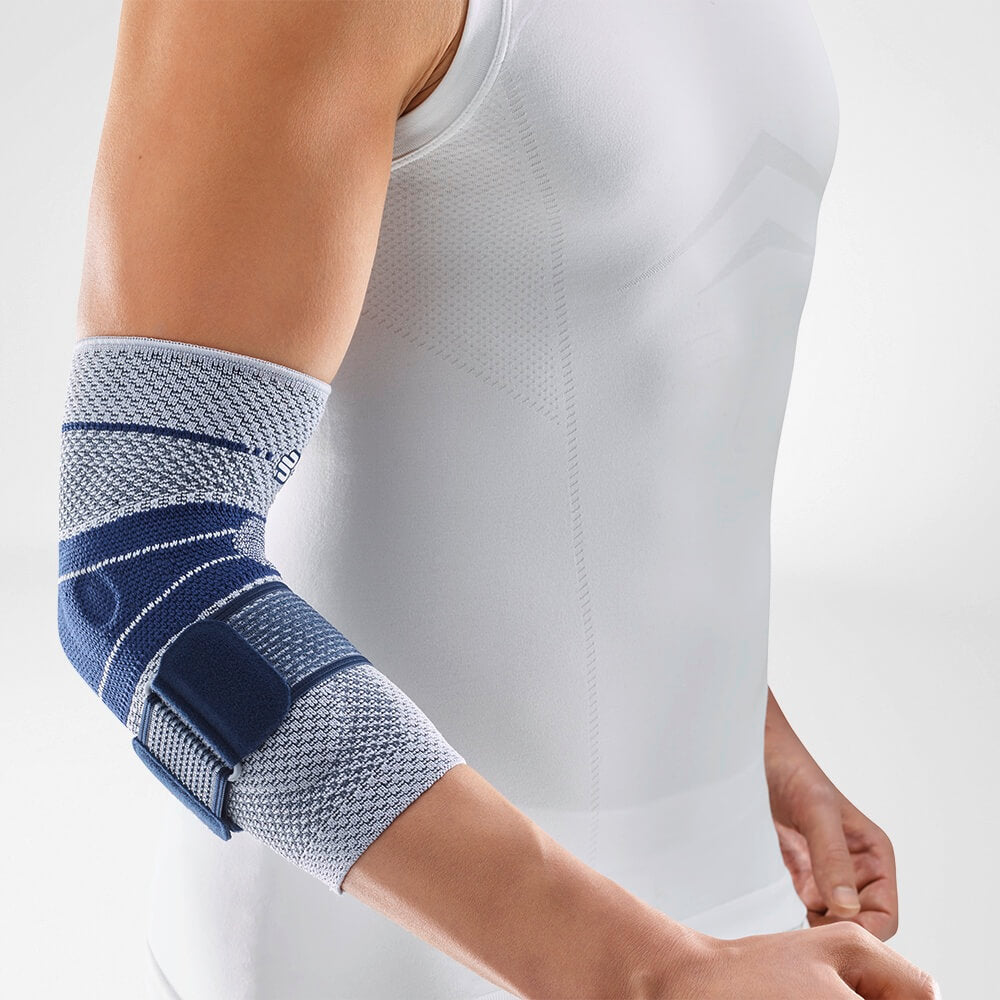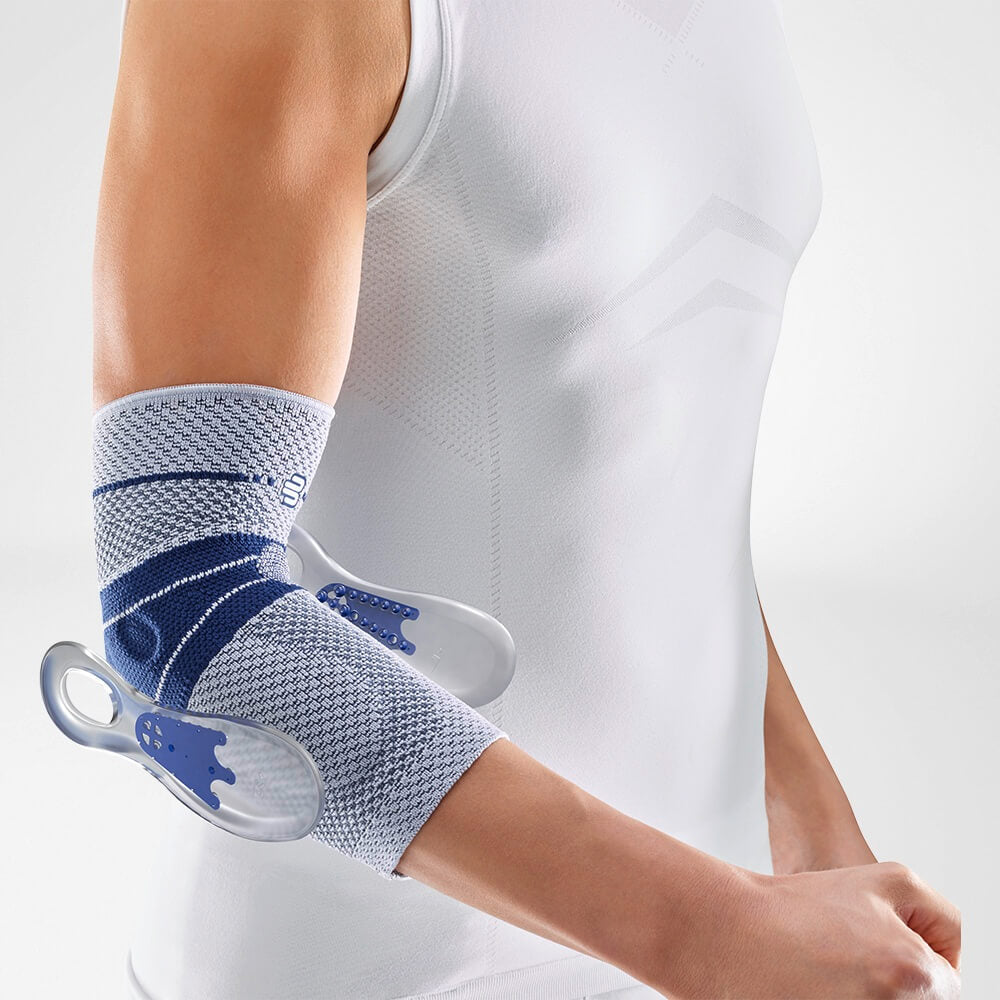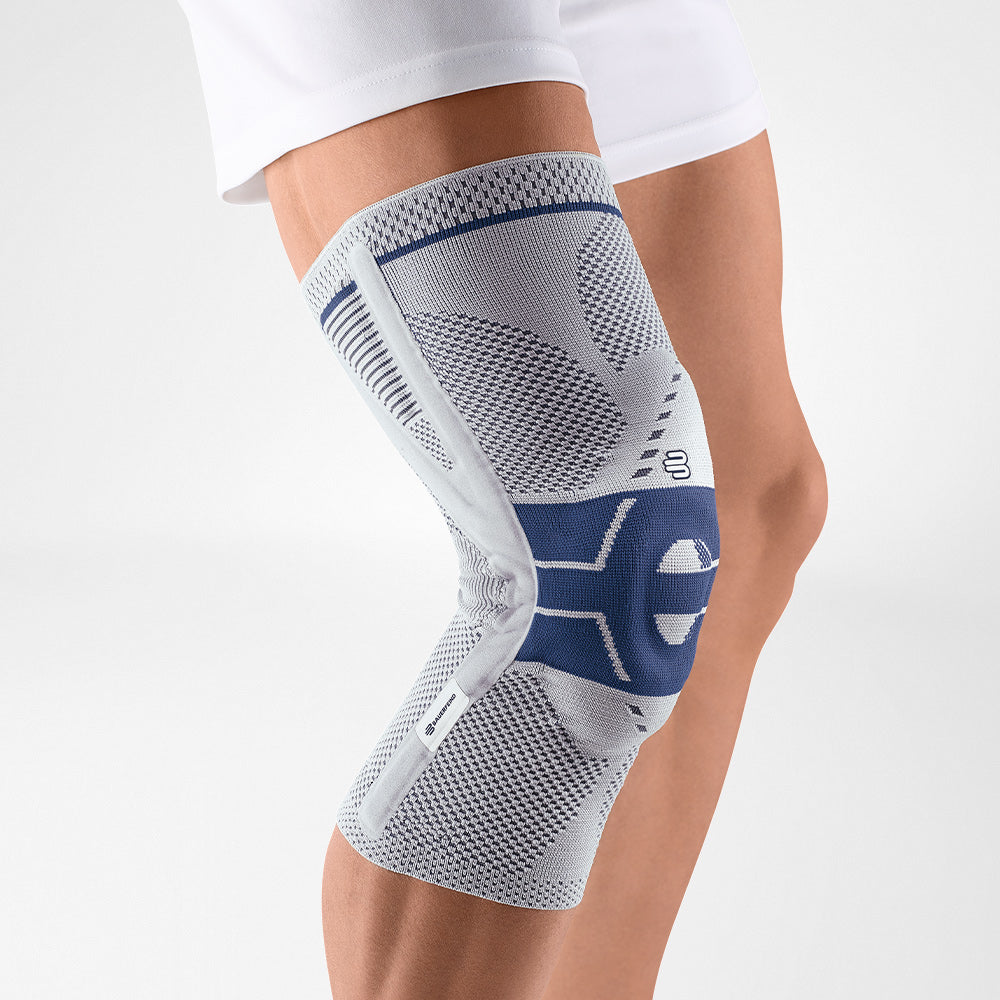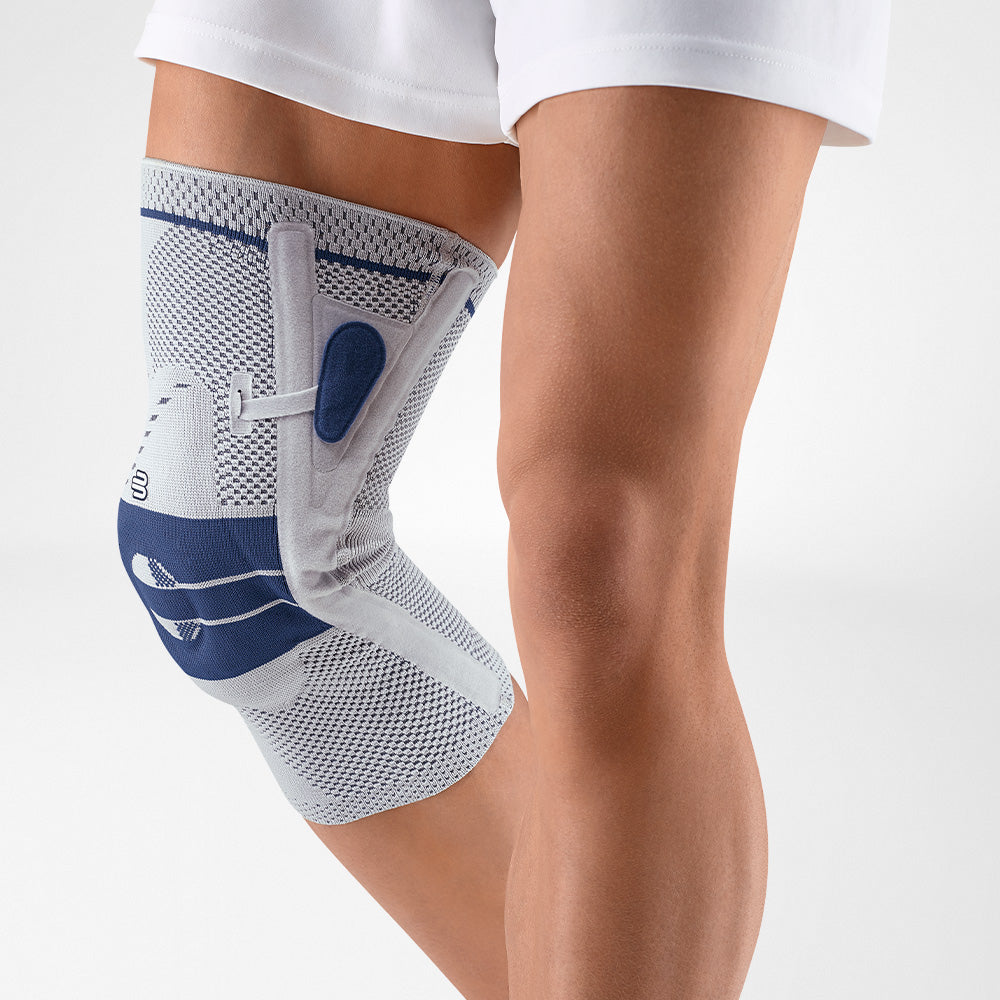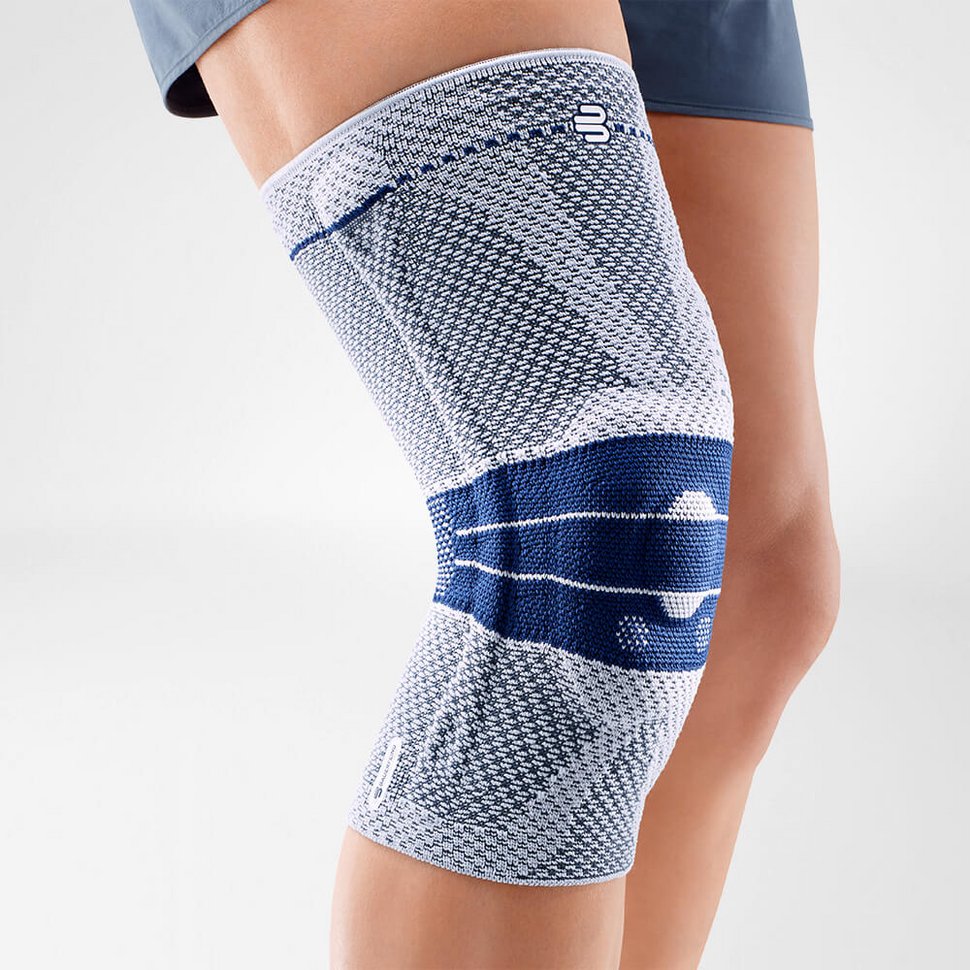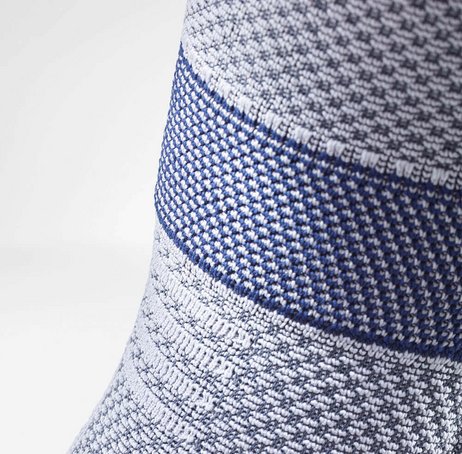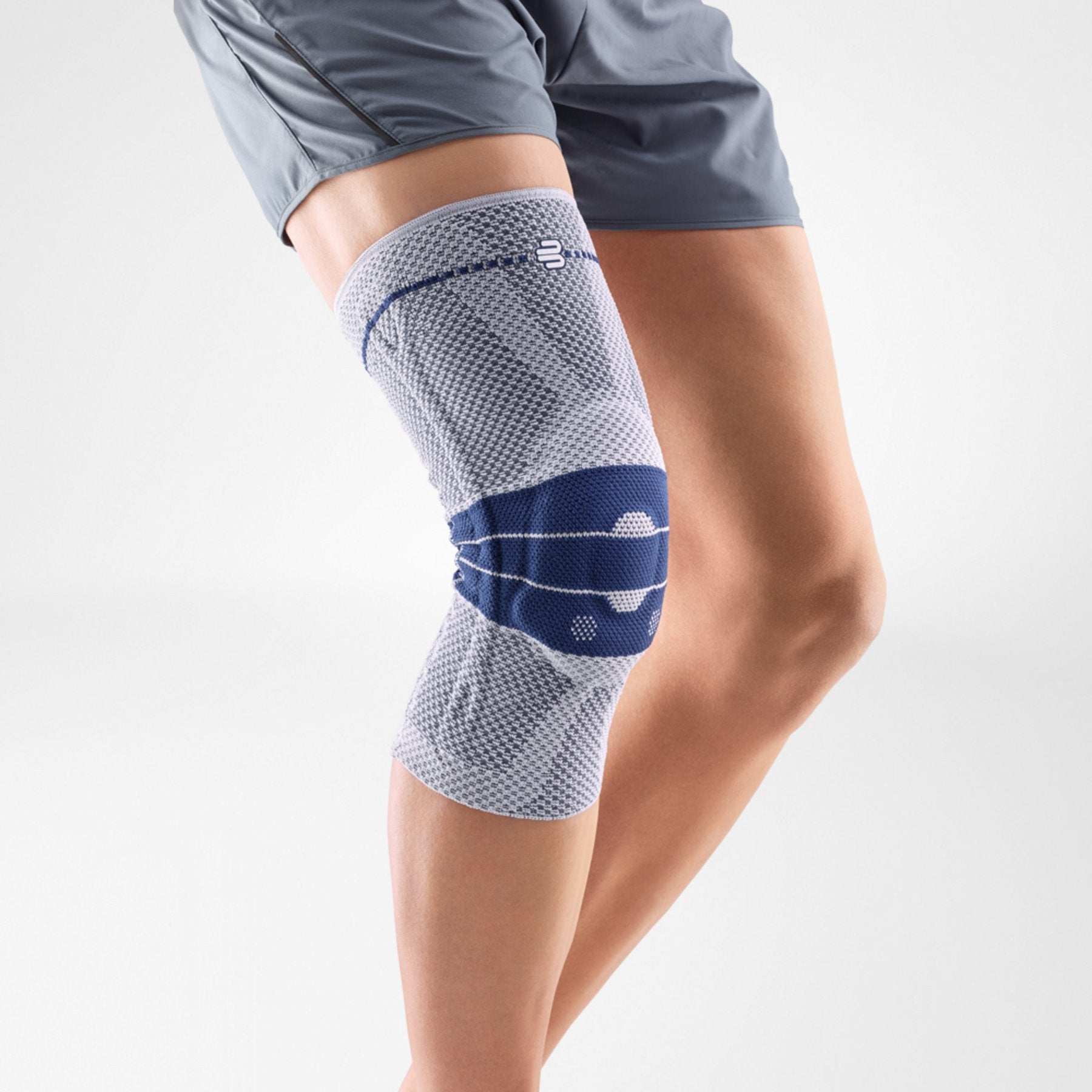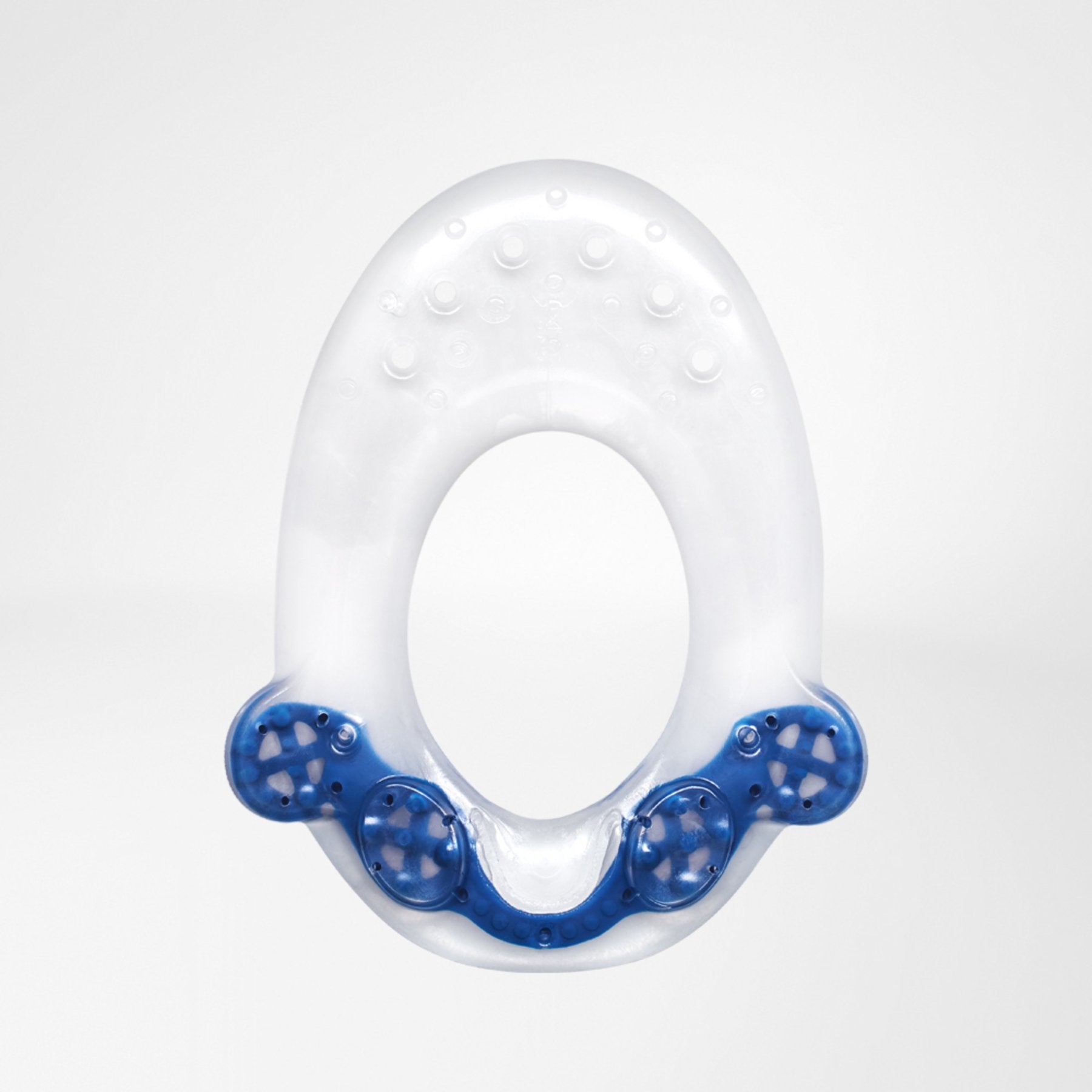Having knee soreness is common and usually isn’t a sign of anything serious. So don’t panic, because although knee pain can sometimes be quite debilitating it is often very treatable with conservative management (meaning no need for surgical intervention).
Knee pain is complex. It can be caused by a sudden injury, overuse, or by an underlying condition. Factors that could contribute to knee pain can also include:
- Unaccustomed physical activity
- Change in volume or frequency of training
- Weakness in the musculature surrounding the knee
- Excessive repetition of a particular movement or skill
- Other injuries that may result in a change in the way the individual is moving
- Insufficient recovery between sessions or specific movements that may overload the joint or associated structures
Knee pain can also be localized to a specific area of the knee or diffuse throughout the joint.
Treatment will vary depending on the cause. Symptoms of knee injury can include pain, swelling, and stiffness

Confused yet?
Don’t worry….
Treatments will vary depending upon what exactly is causing your knee pain, but in general, some simple at-home action items can go a long way to help manage your symptoms.
Brief Period of Rest - Take a break from the activity that is causing your symptoms in order to reduce repetitive strain on your knee. A day or two of rest may be all you need for a minor injury. As symptoms begin to decrease a reintroduction to your normal activities may be initiated, however, a reduction in the volume or intensity of the activity may be important to continue to manage symptoms.
Compression - This helps manage swelling. Look for a compression brace that's lightweight, breathable and self-adhesive. It should be tight enough to support your knee without interfering with circulation. The GenuTrain Knee Brace is a soft, breathable, and moisture-wicking, compressive brace designed to provide support following acute knee pain. The ring-shaped Omega+ Pad functional cushion securely holds the kneecap in place and reduces edema and swelling. Integrated massage points with flexible silicone nubs target particularly painful areas.


Loading – Although initially it may be beneficial to have a brief period of rest where pain provoking positions are avoided; it is important to start to load the joint/tendons/ligaments to increase the mechanical stimulus to the knee and its associated structures. An important part of managing knee pain while maintaining sufficient load in the early stages of a knee injury is to preferentially use exercises that are hip dominant vs knee dominant. This could be starting with a Stiff Leg Deadlift vs a Conventional Deadlift. As symptoms improve a shift towards loading the knee directly is advised.
Please note that any pain that does not respond to rest or disappear within a few days should be evaluated by a medical professional. In addition, the following are symptoms and signs in the knee that a doctor should evaluate: swelling, inability to bend, deformity, unable to walk or discomfort while walking, significant pain, and fever.
So as Spring approaches and the majority of the populations' activity level will increase, don’t stress if your knees are starting to give you feedback saying they may need some extra attention. It may be as simple as Rest-Compress-Load, and you will be back in the game before you know it!

